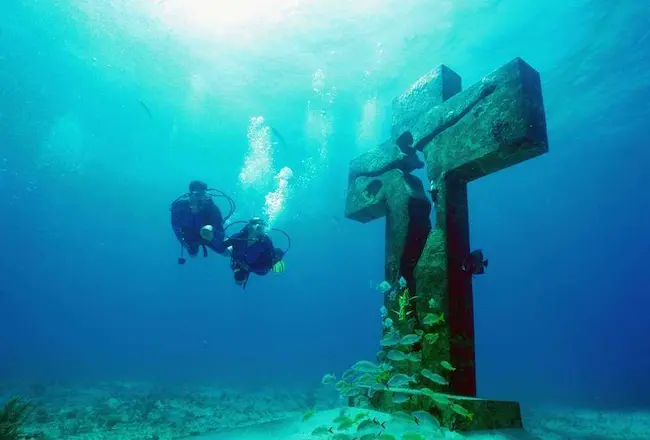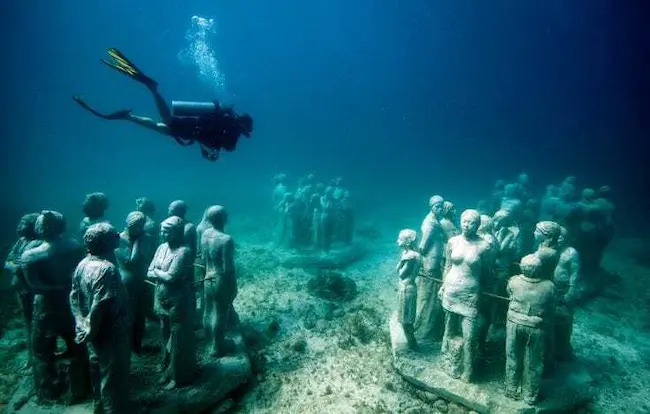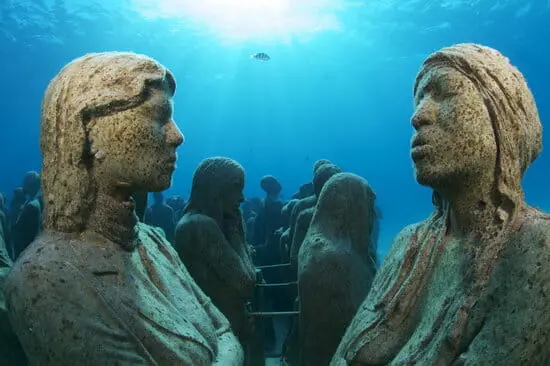Imagine a world where advanced civilizations and kingdoms thrived long before the onset of the ice age—a time when technology, culture, and knowledge flourished in ways that challenge our understanding of history.

In this article, we journey back in time to explore the tantalizing claims that hint at the existence of sophisticated societies that predate the ice age. Prepare to delve into a realm of speculation, evidence, and enigma as we attempt to unveil the mysteries of our ancient past.
Introduction: Rewriting the Narrative of Human History
The pages of history textbooks tell a story of human evolution, progression, and the rise of civilizations. However, some alternative theories propose a narrative that goes beyond what traditional history has documented. According to these claims, highly developed societies existed well before the ice age—a period characterized by glacial expansion and extreme climatic conditions. While these ideas may seem unconventional, they challenge us to rethink the timeline of human achievement and innovation.

The Ice Age Enigma: A Window into the Past
The ice age, which spanned millions of years, is often associated with the growth of massive glaciers and a drop in global temperatures. This dramatic climatic shift had significant impacts on the Earth’s landscape, flora, and fauna. Traditional history places the rise of complex societies and kingdoms after the ice age, as the receding glaciers gradually made way for fertile lands conducive to agriculture and settlement.
An Ancient Astronomical Alignment: The Great Sphinx

One intriguing piece of evidence cited by proponents of pre-ice age civilizations is the Great Sphinx of Giza in Egypt. This colossal monument, believed to have been constructed during the time of the ancient Egyptians, displays an alignment with the constellation Leo that suggests a correlation with an era before the ice age. While this theory has sparked debate among archaeologists and historians, it raises the question of whether the origins of some monuments predate traditional estimates.
Sophisticated Megalithic Structures: Unearthing Puzzles
Megalithic structures found around the world, such as Stonehenge in England and the ancient city of Tiwanaku in Bolivia, continue to intrigue researchers due to their advanced architectural design and precise astronomical alignments. Some researchers argue that the construction of these monuments would have required a level of engineering expertise and mathematical knowledge that challenges the timeline traditionally attributed to early human societies.
Technology Ahead of Its Time: Artifacts and Anomalies

The discovery of ancient artifacts that appear to defy the technological capabilities of their supposed time periods has fueled speculation about pre-ice age civilizations. Objects like the Antikythera mechanism—an ancient Greek device used for astronomical calculations—and the Baghdad Battery—a potential ancient battery—have led some to question whether ancient societies possessed knowledge and tools that were far more advanced than previously thought.
Underwater Ruins and Lost Cities: Clues Beneath the Waves
The exploration of underwater ruins and submerged ancient cities, such as the structures off the coast of Yonaguni in Japan and the ancient city of Dwarka in India, adds another layer to the debate about early civilizations. These underwater remains raise questions about the possibility of highly developed societies that were submerged by rising sea levels during the ice age.
Conclusion: Exploring the Shadows of Time
While claims of advanced civilizations before the ice age present a fascinating and thought-provoking perspective, they remain shrouded in uncertainty and controversy. As researchers delve into ancient records, archaeological findings, and geological evidence, the debate surrounding pre-ice age civilizations continues to unfold. Whether these claims ultimately reshape our understanding of history or remain speculative, they remind us that the mysteries of the past are far from being fully unraveled.
FAQs
FAQ 1: What evidence supports the existence of advanced civilizations before the ice age?
Some proponents of this theory point to astronomical alignments of ancient monuments, sophisticated megalithic structures, advanced artifacts, and submerged ruins as potential evidence of pre-ice age civilizations.
FAQ 2: Why is the Great Sphinx considered a potential marker of a pre-ice age civilization?
The alignment of the Great Sphinx with the constellation Leo during a time before the ice age has led some researchers to suggest that its origins may predate traditional estimates. However, this theory is still debated among experts.
FAQ 3: How do researchers study submerged ancient cities and ruins?
Researchers study submerged ancient cities and ruins using techniques such as underwater archaeology, sonar mapping, and diving expeditions. These methods help uncover the remains of potentially lost civilizations.
FAQ 4: What challenges do claims of pre-ice age civilizations face?
Claims of pre-ice age civilizations often face skepticism due to a lack of concrete evidence, the need to reinterpret existing historical narratives, and the potential for misinterpretation of ancient artifacts and structures.
FAQ 5: How might the existence of advanced civilizations before the ice age impact our understanding of history?
If proven true, the existence of advanced civilizations before the ice age could reshape our understanding of human technological and cultural development, as well as the interactions between ancient societies and the natural environment.

